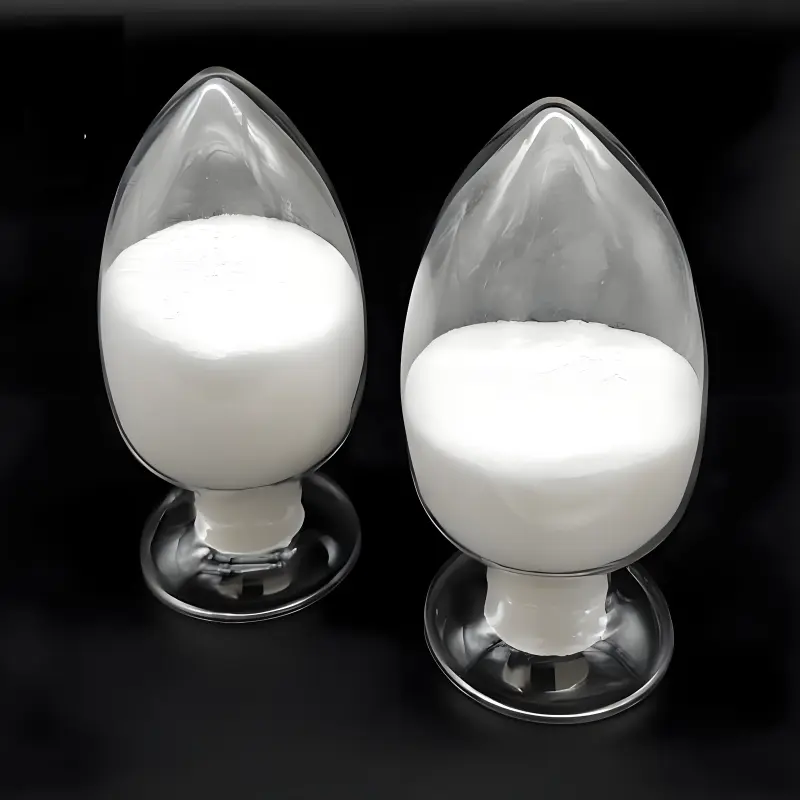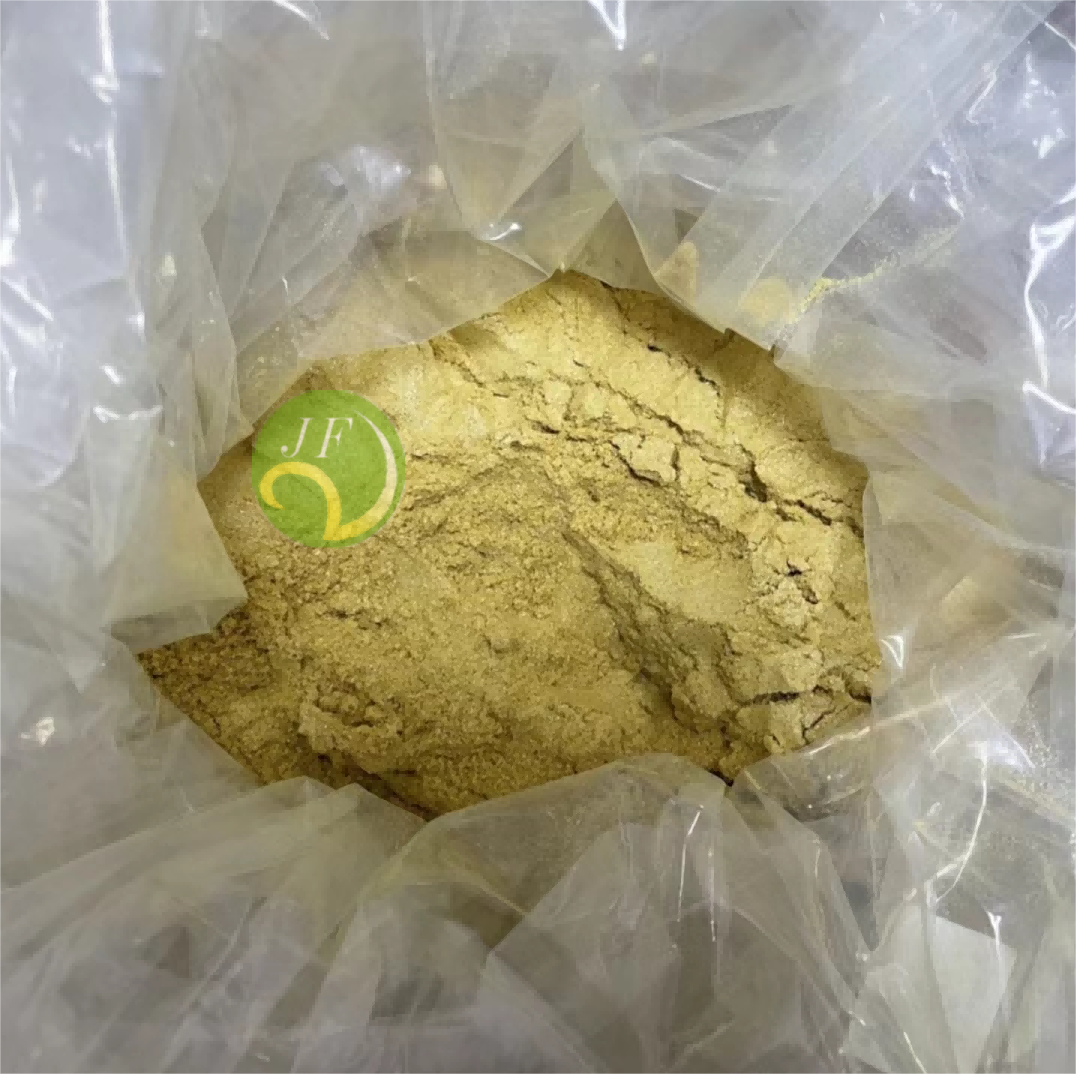-
Categories
-
Pharmaceutical Intermediates
-
Active Pharmaceutical Ingredients
-
Food Additives
- Industrial Coatings
- Agrochemicals
- Dyes and Pigments
- Surfactant
- Flavors and Fragrances
- Chemical Reagents
- Catalyst and Auxiliary
- Natural Products
- Inorganic Chemistry
-
Organic Chemistry
-
Biochemical Engineering
- Analytical Chemistry
-
Cosmetic Ingredient
- Water Treatment Chemical
-
Pharmaceutical Intermediates
Promotion
ECHEMI Mall
Wholesale
Weekly Price
Exhibition
News
-
Trade Service
Ethyl (3S)-4-chloro-3-hydroxybutanoate, also known as 4-chloro-3-hydroxybutyric acid, is a versatile chemical compound that is widely used in the chemical industry.
It is an intermediate chemical that can be transformed into a variety of downstream products through various chemical reactions.
In this article, we will explore the upstream and downstream products of ethyl (3S)-4-chloro-3-hydroxybutanoate.
Upstream Products
The upstream products of ethyl (3S)-4-chloro-3-hydroxybutanoate are typically raw materials that are used to synthesize the intermediate chemical.
In the chemical industry, these raw materials can be sourced from various suppliers, chemical manufacturers, and chemical distributors.
Some of the common upstream products of ethyl (3S)-4-chloro-3-hydroxybutanoate include:
- Chloroform: Ethyl (3S)-4-chloro-3-hydroxybutanoate is often synthesized from chloroform, which is a known precursor to many other chemical compounds.
- Acetic acid: In some cases, ethyl (3S)-4-chloro-3-hydroxybutanoate can be produced by reacting acetic acid with sodium hydroxide, which results in the formation of the intermediate chemical.
- Sodium hydroxide: As mentioned above, sodium hydroxide can be used to produce ethyl (3S)-4-chloro-3-hydroxybutanoate.
Downstream Products
The downstream products of ethyl (3S)-4-chloro-3-hydroxybutanoate are the final chemical products that are made using the intermediate chemical.
These products can be used in a wide range of applications and industries, including pharmaceuticals, personal care products, and industrial chemicals.
Some of the common downstream products of ethyl (3S)-4-chloro-3-hydroxybutanoate include:
- Plasticizers: Ethyl (3S)-4-chloro-3-hydroxybutanoate can be transformed into plasticizers, which are used to soften and plasticize brittle plastics.
- Solvents: The intermediate chemical can be used to produce solvents that are used in various applications, including cleaning, degreasing, and as a carrier for other chemicals.
- Pharmaceuticals: Ethyl (3S)-4-chloro-3-hydroxybutanoate can be transformed into various pharmaceuticals, including anti-inflammatory drugs and antibiotics.
- Personal care products: The intermediate chemical can be used to produce ingredients for personal care products, such as soaps and shampoos.
- Intermediates for other chemicals: Ethyl (3S)-4-chloro-3-hydroxybutanoate can be used as an intermediate to produce other chemicals, including dyestuffs, perfumes, and flavorings.
Conclusion
Ethyl (3S)-4-chloro-3-hydroxybutanoate is a versatile intermediate chemical that can be transformed into a wide range of downstream products through various chemical reactions.
These downstream products can be used in a variety of applications, including pharmaceuticals, personal care products, and industrial chemicals.
Understanding the upstream and downstream products of ethyl (3S)-4-chloro-3-hydroxybutanoate is crucial for manufacturers and producers in the chemical industry, as it enables them to optimize their production processes and create higher value products.






